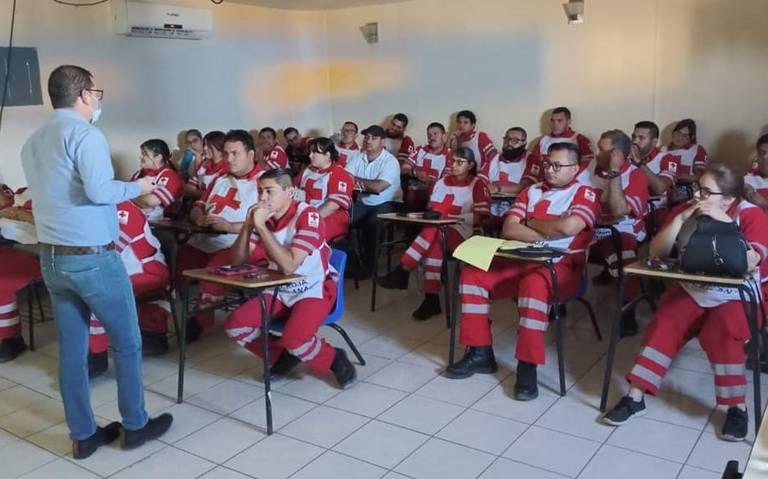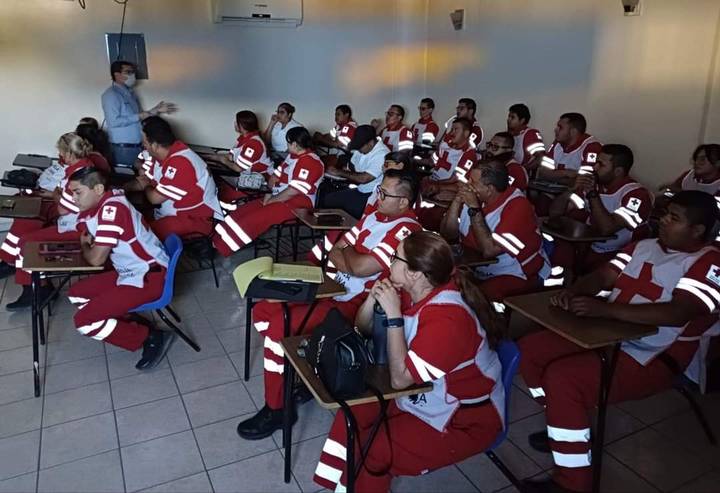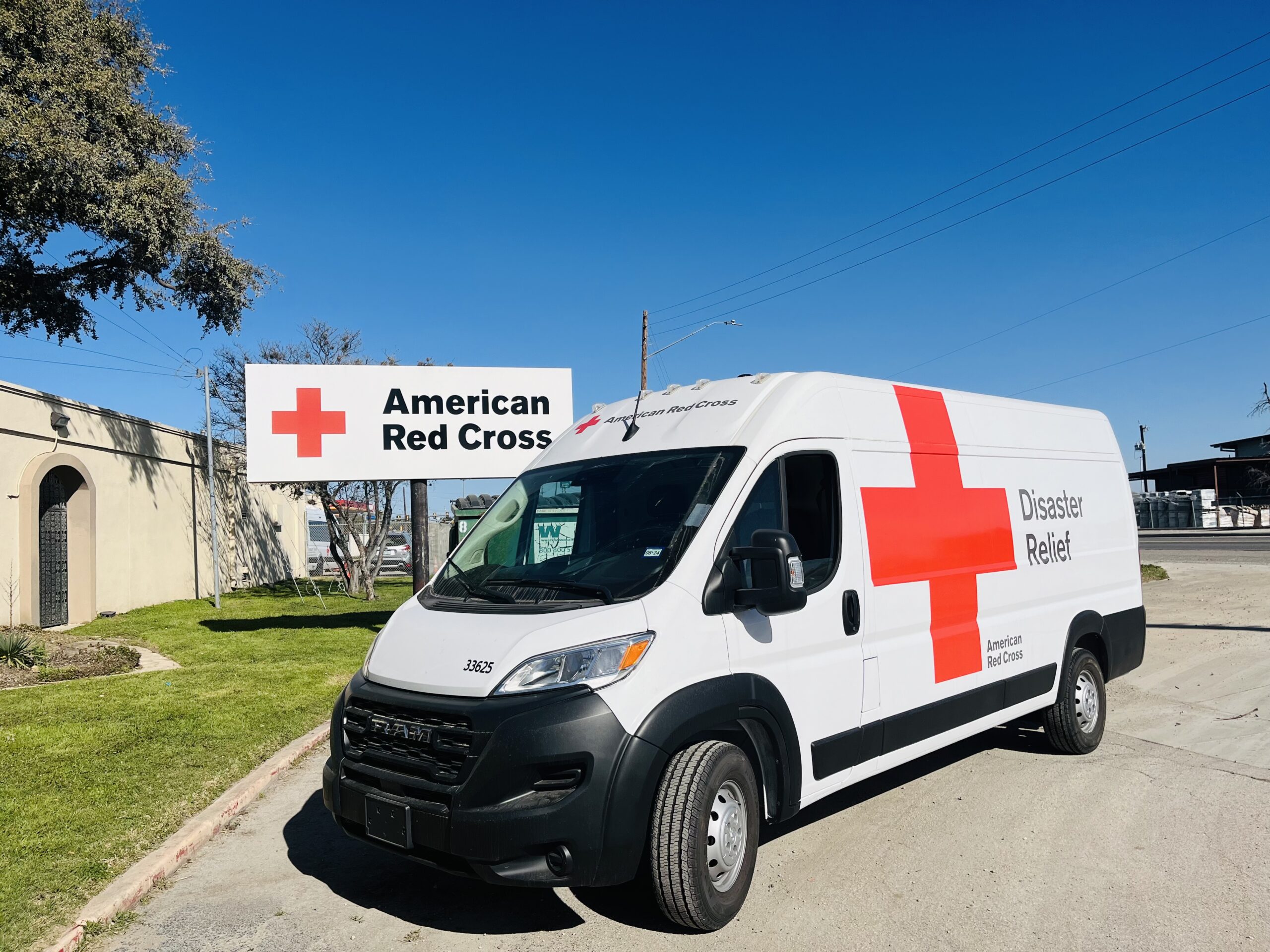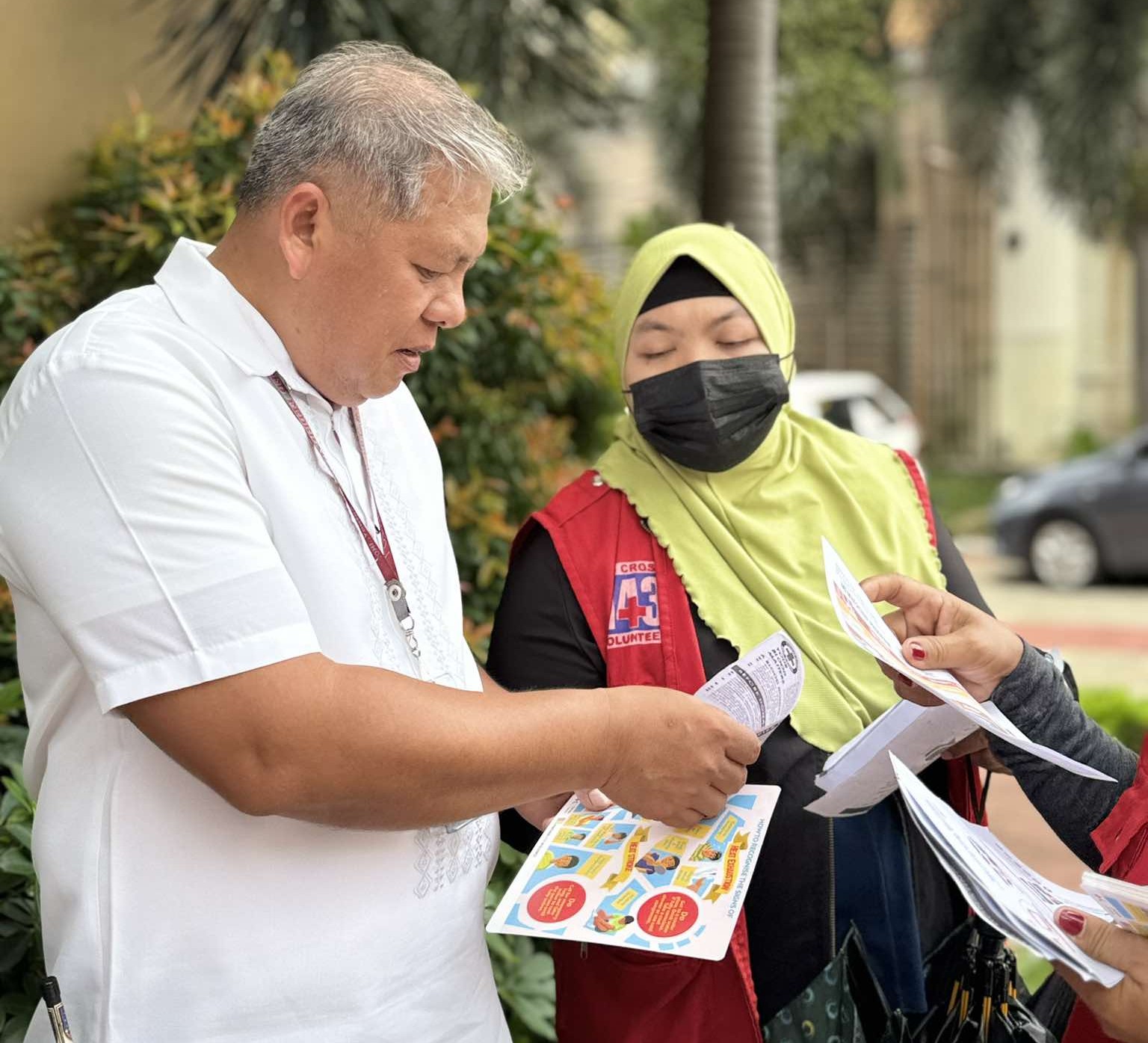Navigating the “dog days:” Experience of the Mexican Red Cross during 2023 heatwaves
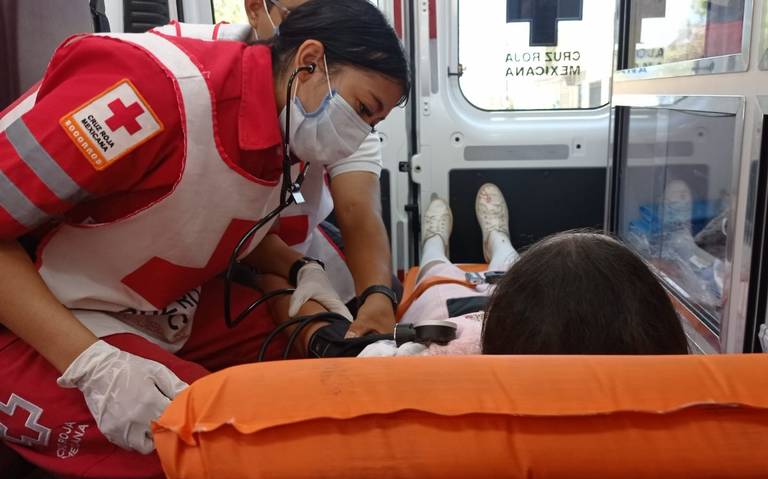
2023 was officially named the hottest year on record, marked by scorching heat waves across the globe. With heat waves projected to increase in both frequency and intensity, preparedness and risk reduction become more crucial to mitigate impacts and save lives. The Global Disaster Preparedness Center (GDPC) asked Red Cross Red Crescent (RCRC) National Societies to reflect on their response to 2023 heat waves and share lessons learned to better prepare for future extreme heat events.
This case study explores the preparedness and response efforts by the Mexican Red Cross (Cruz Roja Mexicana) during the 2023 heat waves where temperatures climbed close to 50°C (122°F) in parts of the country. The focus is on showcasing effective strategies and drawing insights from their activities to improve preparedness for future heatwaves.
Context
Climate change is intensifying heat waves in Mexico, with more frequent and prolonged events. Just in the first 8 months of 2023, Mexico experienced five heatwaves. The July heat wave proved exceptionally severe as it coincided with the canícula (“dog days” in English) - the hot, dry period from July to August with less rain and clouds, resulting in intense sun exposure during the long summer days. This scorching heat wave affected most of Mexico, with temperatures hitting 49°C (120°F) near the northern border and a blistering 56.1°C (133°F) in southern states.
Mexico's National Meteorological Service (SMN) issued emergency warnings in over half of the country's states due to scarce rainfall and extreme heat. The prolonged heat waves exacted a steep human cost, with 249 heat-related deaths reported in the first seven months of 2023. In connection with the high temperatures, Mexico also saw an unusual increase in adverse weather events, including 89 forest fires which surpassed the previous record of 87 in 2022.
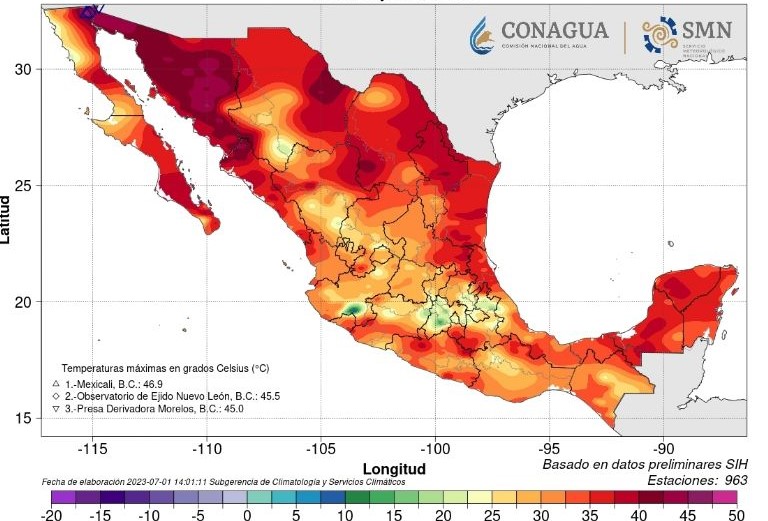
The state of Sonora was especially hard-hit, accounting for 47% of total heatwave fatalities nationwide. Despite being a northern state, Sonora lies in the arid Sonoran Desert. Sonora's arid climate and desert geography worsened the extreme heat, leading to the highest death rate from heatwaves in Mexico.
This extreme heat event disrupted agricultural cycles, posed severe public health risks from heat stroke and dehydration, strained energy grids struggling to meet spiking demand, and caused significant economic losses. Specific adverse impacts included electrical grid blackouts, loss of commerce and perishable goods, loss of crops, and cattle deaths due to lack of water in the dry season.
In rural areas, one adaptation introduced was shifting work schedules to avoid the hottest and most dangerous times of the day. Workers began at 4:00 AM, paused at noon when temperatures peaked, and finished in the early evening when the heat had subsided. Densely populated urban areas faced greater challenges replicating these schedule changes. Many office jobs and industries in cities operate on less flexible timelines which are not as conducive to midday breaks. As such, rural agricultural communities proved better equipped to adjust daily rhythms during the heat waves, while urban centers struggled to enact similar preventative measures on a broad scale.
The Mexican Red Cross Response
Adapting Heatwave Response to Local Needs: The Mexican Red Cross’ Decentralized Approach
The Mexican Red Cross has a strong presence nationwide with over 550 offices, 30 hospitals and 11 blood banks distributed across the country. One of their most recognizable assets is their emergency response team structure, which is seen as an international model for disaster response and rescue efforts. Red Cross delegations in each state have the autonomy to develop strategies tailored to local needs and events. The development of specific response strategies for each state is supported by data and updates that are regularly collected at the Mexican Red Cross’ national headquarters, and include information like service demand, complexity, correlated weather events among others. Given Mexico's diverse geographical regions and ecosystems, as well as varied regional cultures, the decentralized approach and tailored made response strategies across different states proved effective in responding to the five heat waves in 2023.
According to Beatriz Romanis Beltran, Disaster Risk Reduction Program volunteer, "This year's heatwaves were more intense. We worked closely with communities as many modified work and school hours in response, with some schools even reverting to online teaching and cancelling outdoor activities." She explained that local governments made the initial decisions on response measures, which were used by Red Cross state delegations to craft complementary response plans.
A key advantage of these localized strategies was the ability to target specific populations and needs. For example, in the states of Edomex (Estado de México) and Tamaulipas the Red Cross launched public awareness campaigns on social media, radio and television to educate people on recognizing heat exhaustion and staying hydrated. In addition to campaigns, the delegations in the states of Baja California and Yucatan also focused on equipping public areas to promote hydration and safety. This included installing drinking fountains and shade shelters in parks and recreation sites, as well as assisting schools in modifying schedules to avoid the highest risk heat hours.
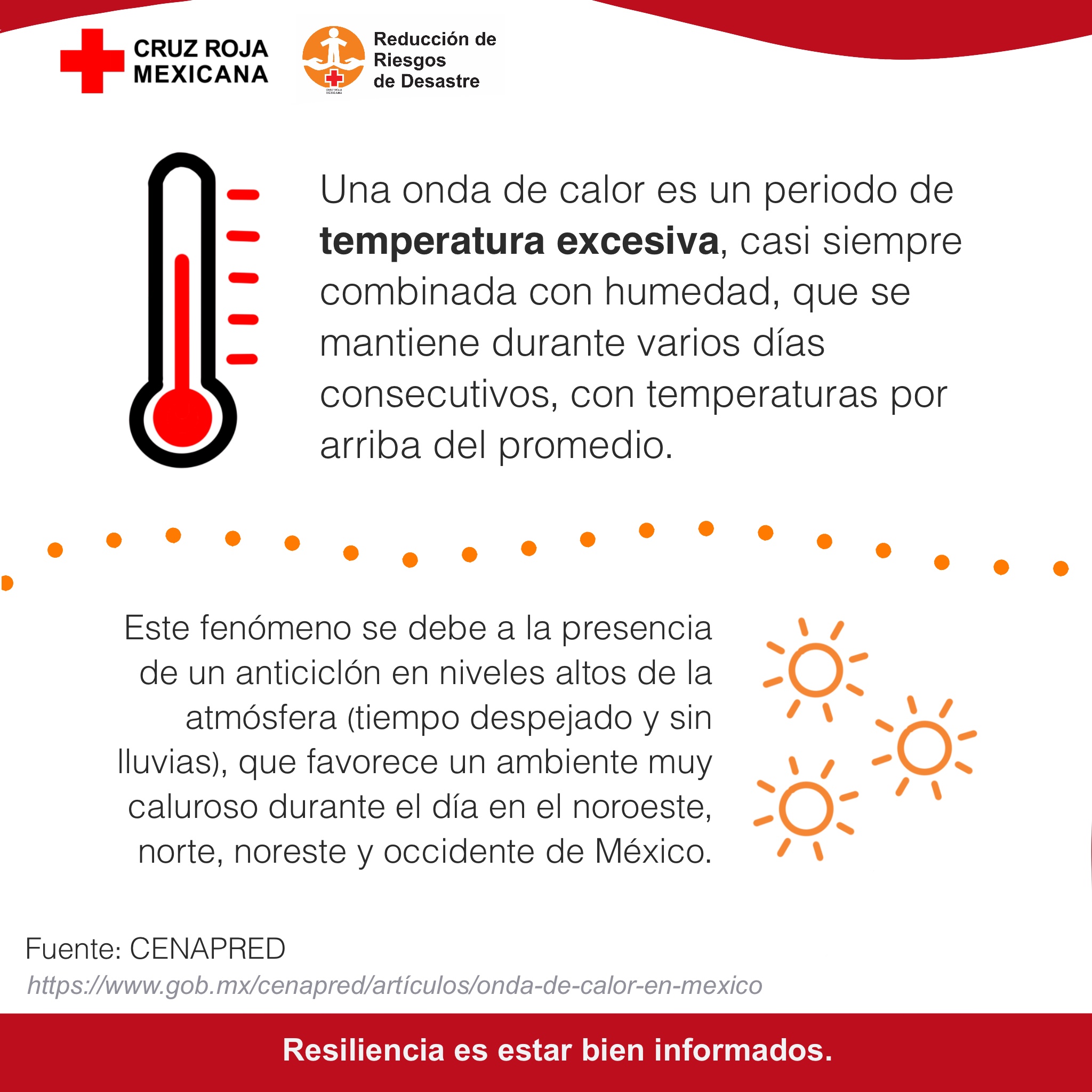
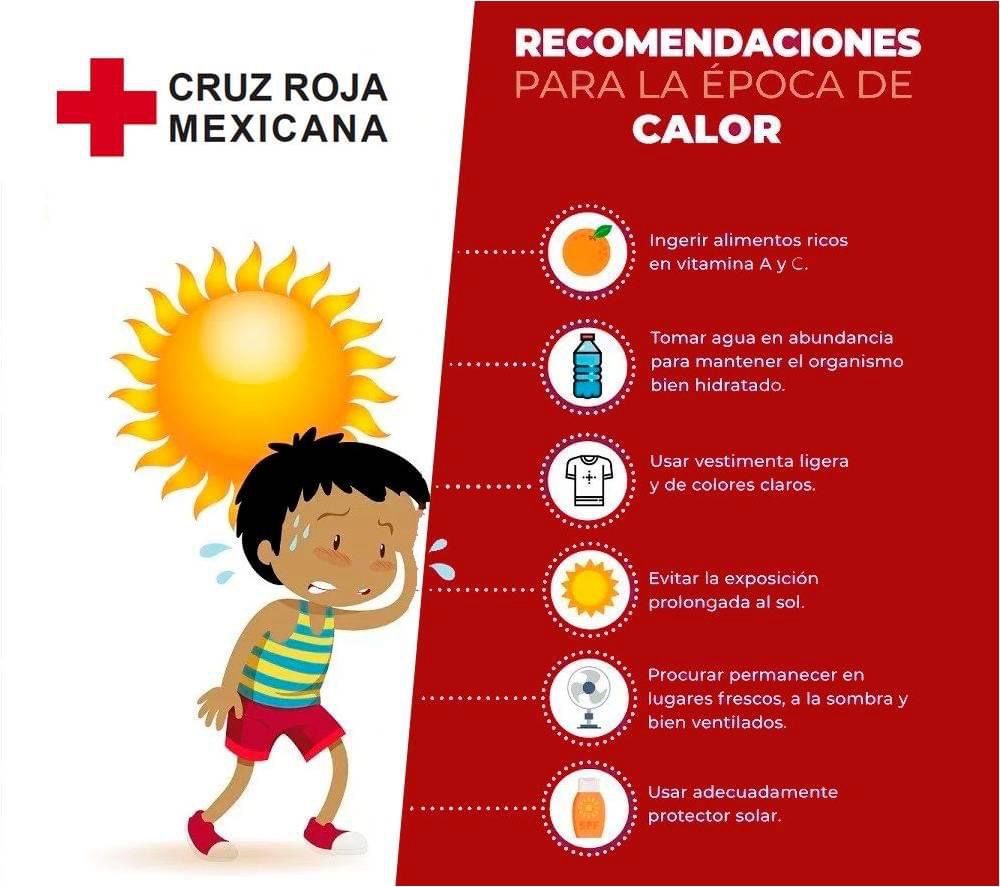
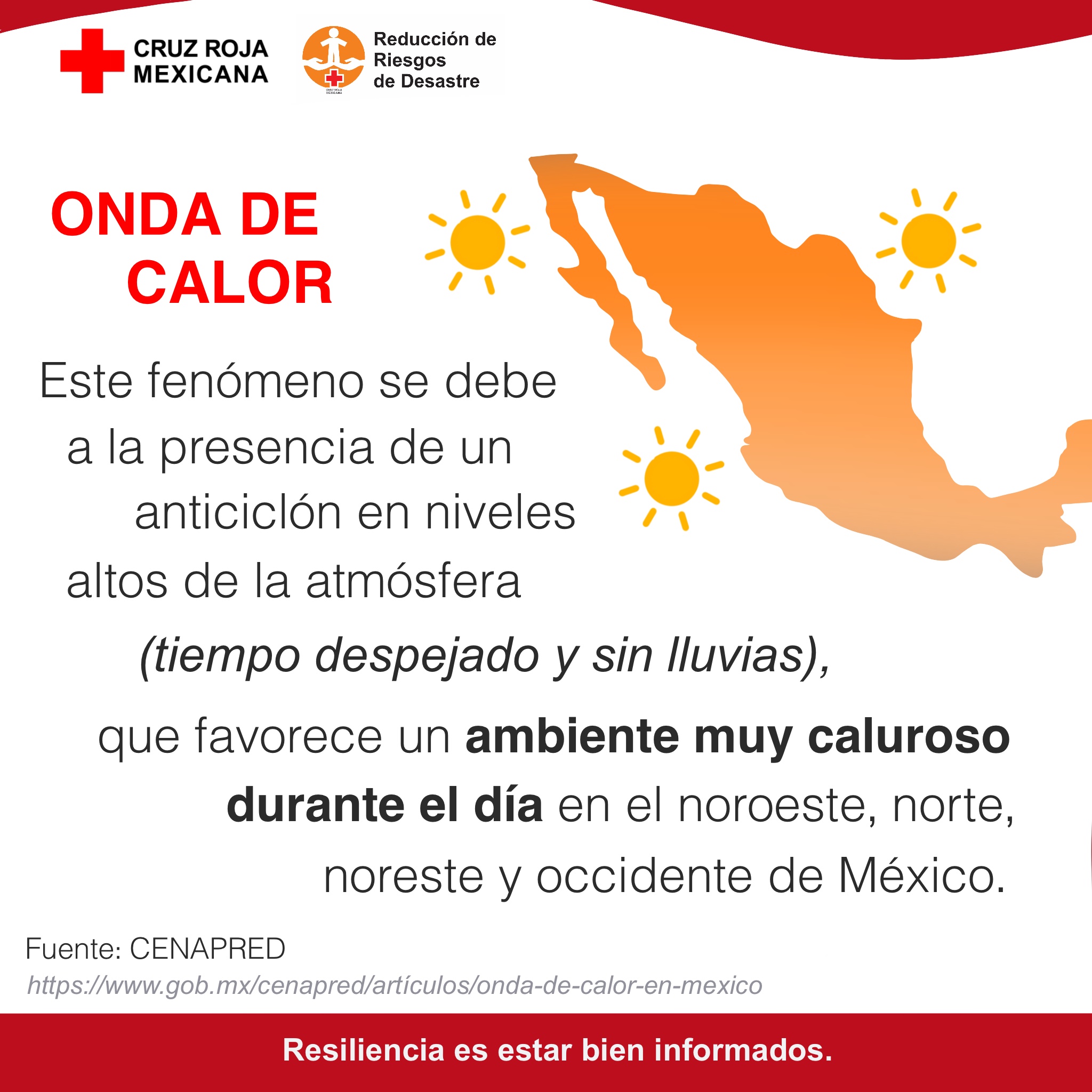
The 2023 heatwaves took a substantial toll with more heat-related deaths and populations facing increased risks from fires and drought compared to previous years. However, not all viewed the response and mitigation actions positively — particularly children. When the state of Yucatán suspended outdoor school activities and kept children indoors for recess during heatwaves, many perceived it as disciplinary “punishment” resulting in missing out on playtime and outdoor freedom. According to Red Cross volunteers assisting schools, this view persisted even after public awareness campaigns explained the policy was meant for safety amid the dangerous heat.
Towards Proactive Heatwave Preparedness
While response efforts have been robust, the Mexican Red Cross acknowledges the need for improved heatwave preparedness strategies, according to Brenda Avila Flores of the National Program for Disaster Risk Reduction. "Right now, our discussions are reactionary," explained Avila Flores. "We talk hurricanes during hurricanes, and floods during floods. But with five heatwaves this year, it's imperative that we shift our focus to proactively discussing heatwaves. We're initiating national-level cooperation specifically geared towards addressing the challenges posed by heatwaves."
The Mexican Red Cross has a long history of collaboration with government agencies on disaster management, including the National Disaster Prevention Center, Environment and Natural Resources Department, National Water Commission, and National Weather Service. For example, the Red Cross was a key stakeholder in supporting the development of the National Climate Change Strategy adopted in 2021. The new strategy initiated more robust disaster mapping of high-risk areas prone to threats like hurricanes and earthquakes. However, being often invisible hazards, heat wave risks were not included in the strategy originally, but were added later as the adverse impacts became clearer.
A key challenge faced is the perception of the Red Cross as a first responder rather than a preparedness actor, according to Avila Flores of the National Disaster Risk Reduction program. “Communities recognize us for helping after disasters, but we need to build their resilience before events occur. A great example of our risk reduction efforts is the Zurich Flood Resilience project, which focuses on floods," Flores explained.
In addition to aiding national-level policy design and planning, the Mexican Red Cross created its own internal heat wave strategy. According to Beatriz Romanis, increased coordination is needed between preparedness and response strategies. "Now that the National Climate Strategy was created, we need to integrate our initiatives, so they are structured as comprehensive strategies rather than isolated reactions to events happening on an ad hoc basis," Romanis explained. She advocates for developing coordinated preparedness plans to match existing response capacities, allowing for more complete and proactive community services. Through these internal and external steps, the Mexican Red Cross seeks to raise the perception of heat waves as a priority within the country’s diverse risk landscape.
During 2023, the Mexican Red Cross dedicated efforts to improve heatwave preparedness. This included designating Gabriel Reyes, from the Disaster Risk Reduction Program, to serve as the point of contact person responsible for monitoring public heatwave alerts and relevant information. In this role, Reyes coordinated with other Red Cross teams and followed up with regional delegations on appropriate actions when extreme heat were forecasted. These actions involved distributing educational materials, safety information, or other customized resources as needed in each state.

The Cancun delegation of the Mexican Red Cross discusses heat-related medical emergencies in the city. Delegation Director Amilcar Galaviz elaborates on extreme heat risks in the Yucatan and prevention measures citizens can take during daylight hours.
Key good practices
Key Lessons Learned
As 2023 was the warmest year on record globally, projections indicate 2024 may surpass it, increasing the likelihood of longer and more severe heatwaves. By studying other Red Cross and Red Crescent Societies' efforts during extreme heat events, we can adapt best practices to improve our own preparedness for the coming summer and future years.
This is especially crucial for heatwaves. Despite being among the deadliest natural hazards, their negative impact can largely be prevented with the right preparedness and risk reduction measures in place. By learning from peer National Societies, we can fine-tune our systems to face the challenges ahead while sharing best practices across our global network.
Written by: Adriana Mangones | Edited by: Vladislav Kavaleuski

